#Florida skimmers
Text
A Colorful and Curious Great Blue Skimmer
A Colorful and Curious Great Blue Skimmer tells readers the story of the author’s encounter with a male great blue skimmer. It also shares the author’s favorite image from that afternoon.
Inquisitive
I had a fantastic time the other day with this beautiful male great blue skimmer (Libellula vibrans). I had already put the dogs out for their afternoon walk, so I wasn’t planning to take any pictures. I had gone around behind the dog house to check on the passion fruit vines when I noticed the skimmer patrolling the area. Of course, the dogs had followed me, and their running around…

View On WordPress
#blue dragonflies#blue insects#blue skimmers#colorful dragonflies#colorful insects#colorful skimmers#dragonflies#dragonfly photographs#dragonfly photography#Florida dragonflies#Florida nature#Florida skimmers#Florida wildlife#great blue skimmer#insect photographs#insect photography#insects#large dragonflies#large skimmers#macro photography#nature#nature photographs#nature photography#photography#skimmers#wildlife#wildlife photographs#wildlife photography
3 notes
·
View notes
Text

Black Skimmers (Rynchops niger)
Taken at the Sebastian Inlet in Sebastian, FL
#black skimmer#black skimmers#bird#birds#bird photography#bird watching#beach#ocean#animal#animals#animal photography#wildlife#wildlife photography#nature#nature photography#photography#florida#florida photograhy#florida photographer#Sebastian inlet#nikon camera#nikon photography#nikon d3500#Rynchops niger
26 notes
·
View notes
Text

Black Skimmers come in for a landing in the Florida Panhandle.
#birding#nature#bird photography#photography#ornithology#black skimmer#beach#florida#bird watching#birder
15 notes
·
View notes
Text
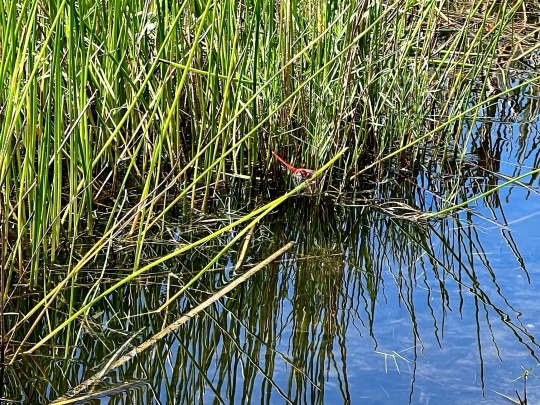
a scarlet skimmer Crocothemis servilia perching on a plant by a body of freshwater.
sarasota, florida
september 2022
#florida#nature#naturalists#florida wildlife#photography#adventure#nature photography#bugblr#bugs#entomology#nature preserve#plants#tumblr bugs#cool bugs#dragonfly#skimmer#insects#winged insects
3 notes
·
View notes
Text

Illustration by Monica Garwood
* * * *
From The New York Times Well newsletter
By Carolyn Todd
Feb. 9, 2024
Of the thousands of self-help books on the market, which ones are truly helpful? “It’s uncommon to find a self-help book that feels different,” said Vienna Pharaon, a marriage and family therapist in New York City.
But genuinely useful titles abound. The best of the genre invite reflection or offer practical tools to promote emotional, psychological or spiritual well-being. And there are some that therapists personally turn to or suggest to their patients.
“Almost every therapist I know has a whole list of self-help books to recommend,” said Daniel Tomasulo, a counseling psychologist and the academic director of the Spirituality Mind Body Institute at Teachers College, Columbia University.
When sorting through the self-help stacks, who better to help than mental health professionals? We asked seven to share their picks.
1. "The Book of Joy: Lasting Happiness in a Changing World," by the Dalai Lama, Desmond Tutu with Douglas Abrams
How do we experience joy in the face of personal and collective suffering? The Dalai Lama and Desmond Tutu spent five days reflecting on their own lives to answer that question, and they compiled their stories and guidance in this 2016 book.
“The Book of Joy” is an opportunity to learn from two spiritual leaders in an intimate, accessible way, said Sona Dimidjian, director of the Renée Crown Wellness Institute at the University of Colorado Boulder.
Through their dialogue, which is punctuated with laughter and tears, the Dalai Lama and Archbishop Tutu teach readers how to cultivate joy and work through difficulties like illness and despair. Dr. Dimidjian recommends the book to “anyone who is feeling overwhelmed by the realities of our world and daily life today,” she said.
2. "The Happiness Trap: How to Stop Struggling and Start Living," by Russ Harris
This book, first published in 2007, teaches you to accept your negative thoughts and feelings as they arise, instead of resisting or being consumed by them — a refreshing approach known as acceptance and commitment therapy.
Diana Garcia, a South Florida-based therapist, says this easy-to-read primer made her “first fall in love” with ACT. She has clients use the book as a supplement to their sessions and recommends it to friends who are feeling stuck. It teaches you how to keep taking actions that move you in a positive direction regardless of how you’re feeling, she explained.
3. "Tattoos on the Heart: The Power of Boundless Compassion," by Gregory Boyle
Gregory Boyle is a Jesuit priest who founded Homeboy Industries, a rehabilitation and re-entry program for former gang members. His 2011 book is a collection of real, raw stories about people he worked with and the lessons we can all draw from their experiences.
“Each chapter reads like a Sunday sermon to be savored and meditated upon,” said Jacob Ham, director of the Center for Child Trauma and Resilience at the Icahn School of Medicine at Mount Sinai. While faith is woven throughout the book, Dr. Ham recommends the title to anyone who feels “that their traumas and all the ways they’ve coped with them have left them broken and unredeemable.”
4. "The Artist’s Way: A Spiritual Path to Higher Creativity," by Julia Cameron
This 1992 workbook from Julia Cameron, a teacher and author, is a 12-week guide to recovering your sense of childlike creativity. And it’s not just for artists and writers, said Britt Frank, a trauma specialist in Kansas.
“Of all of the books I have ever used with clients, this one has the most staying power,” she said. “Because everyone is creative, and creativity is medicine.”
For years, Ms. Frank has returned to the book’s tools — like the “morning pages,” a stream-of-consciousness journaling practice. And she uses “The Artist’s Way” when treating clients with issues like depression and addiction. But skimmers beware, Ms. Frank cautioned: “It’s not a book you read. It’s a book you work.”
5. "Homecoming: Healing Trauma to Reclaim Your Authentic Self, by Thema Bryant
Thema Bryant is a trauma therapist, ordained minister and professor who offers a “distinctive lens on health, hope and healing trauma,” said Ayanna Abrams, a psychologist in Atlanta.
Drawing on her clinical work, spirituality and personal recovery from trauma, Dr. Bryant shares stories, reflections and exercises in this 2022 title. She helps people believe in their capacity to heal, Dr. Abrams explained. Dr. Bryant also avoids the “gimmicky, bypassing or vague” language that so many self-help books lean on, she added.
6. "The Power of Character Strengths: Appreciate and Ignite Your Positive Personality," by Ryan M. Niemiec and Robert E. McGrath
This 2019 guide helps people recognize, honor and nurture their brightest qualities, Dr. Tomasulo said. The idea of cultivating your “character strengths” comes from positive psychology, which centers on promoting well-being, he explained. “It’s about moving from focusing on ‘what’s wrong’ to ‘what’s strong.’”
People who lean into their character strengths tend to be happier, Dr. Tomasulo said. This book, he explained, is a good pick for “people who are doing OK, but want to have more joy and well-being in their life.”
[Follies of God]
8 notes
·
View notes
Photo


Slaty Skimmer (Libellula incesta)
Both of these shots are handheld focus stacks of this roughed up male specimen that I found hanging out and hunting near a jungle like perimeter, just off of a river in North Florida.
#dragonfly#insect#odonata#bugs#entomology#macro#micro#photography#nature#summer#original#photographers on tumblr#fine art
95 notes
·
View notes
Text
August 14th, 2022

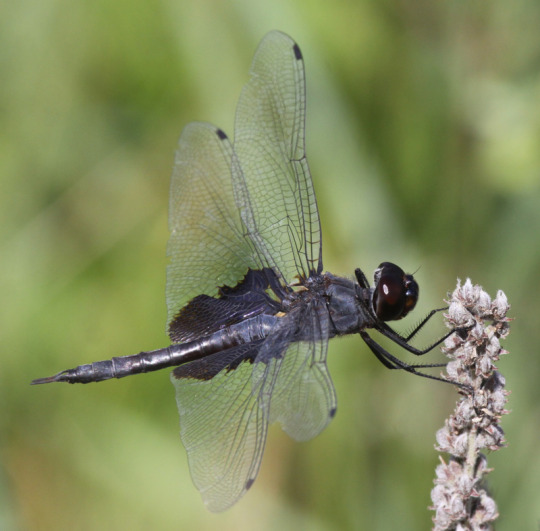
Black Saddlebag Skimmer (Tramea lacerata)
The black saddlebag is a skimmer dragonfly, common throughout North America, found also on the Hawai'ian Islands, the Florida Keys, Bermuda and Cuba. They are usually found near stagnant bodies of water, such as ponds, ditches and small lakes.
This large skimmer is also known as the dancing glider, owing to its flight patterns during mating. The mating ritual begins on branches atop pools of water, where the male will hover above the female, inching closer so he may grasp her head and thorax with his hind quarters. They fly in this position, called tandem, while the male gathers sperm from his primary copulatory apparatus. A mating wheel follows, during which the female's eggs are fertilized by the male. She must lay her eggs in stagnant or slow-moving waters to keep them from being swept away; these pools are preferably free of predatory fish, which may eat her aquatic larvae, called naiads.
Black saddlebag skimmers are obligate carnivores. Larvae are aggressive predators, preying mainly on other aquatic larvae. Adults glide above the water, catching insects in mid-air. When prey is bountiful, these skimmers sometimes accumulate in feeding swarms; these swarms may include other dragonfly species, too! A favorite prey type of these skimmers is mosquitos—for this reason, they are heralded as a beneficial species.
76 notes
·
View notes
Text
when i was like 9-10 i had a guide to florida birds that i would just look at constantly. i would take it with me everywhere. i still have it
i have a mental list of a bunch of birds i liked and formed a vaguely parasocial relationship with but hadnt to my knowledge seen in my one decade of life but really wanted to. the mental list has never left me and i get so excited every time i see something on the Mental List that i havent seen before
the birds:
common loon [i found a dead one once does that count]
pied billed grebe ✅
white-tailed tropicbird
northern gannet
american white pelican
magnificent frigatebird ✅
american bittern
least bittern
snowy egret ✅
little blue heron ✅
reddish egret
glossy ibis ✅
roseate spoonbill ✅
wood stork ✅
fulvous whistling duck
wood duck ✅
bufflehead
hooded merganser ✅
ruddy duck ✅
crested caracara
american kestrel ✅
northern bobwhite
purple gallinule ✅
black necked stilt ✅
black skimmer
white-crowned pigeon ✅
common ground dove ✅
downy woodpecker ✅
pileated woodpecker ✅
loggerhead shrike ✅
florida scrub-jay [i apparently saw them as a child but barely remember]
cedar waxwing ✅
blackburnian warbler
black and white warbler ✅
ovenbird ✅
summer tanager
scarlet tanager
rose-breasted grosbeak
indigo bunting
painted bunting
bobolink
red winged blackbird ✅
scarlet ibis
dovekie
.
dovekie
dovekie
11 notes
·
View notes
Text
Durable Parker Solar Probe going strong after first five years

Durable Parker Solar Probe going strong after first five years
On Aug. 12, 2018—five years ago this week—NASA's Parker Solar Probe blasted off atop a powerful Delta IV rocket from what is now Cape Canaveral Space Force Station. The predawn launch into the skies over the Florida coast marked the start of a game-changing mission to unlock the secrets of the solar wind—and the culmination of decades of development to craft a robotic explorer able to withstand the heat and radiation near the sun like no other spacecraft before it.
Designs for a "solar probe" started coming together in 1962, just four years after the National Research Council's Space Studies Board first proposed a mission to explore the environment near the sun. But the technology to pull off such a bold endeavor, especially the material ingredients for an effective heat shield, just wasn't available—yet.
Material advances in the 1970s allowed NASA to begin considering a flyby close enough to directly sample the sun's upper atmosphere—the corona—and the solar wind. The initial mission science definition formed in a 1978 workshop at NASA's Jet Propulsion Laboratory (JPL), but the means to implement the mission would take decades to come together—with JPL and the Johns Hopkins Applied Physics Laboratory (APL) developing concepts for a nuclear-powered sun skimmer between 1982 and 2005.
In 2007, NASA asked APL to consider a concept for a spacecraft that could cozy up to the sun, and from that—with the right combination of groundbreaking thermal-protection technologies and clever mission design—evolved the Parker Solar Probe mission that now marks its first half-decade.Play
"No matter its form, the core of the mission has always been a close encounter with the sun," said Jim Kinnison, Parker Solar Probe mission systems engineer at APL. "It took significant technology development, innovative mission design, and a risk-reducing engineering plan—and now, the Parker team is fulfilling an exploration vision laid out at the dawn of the Space Age."
After five years of flying through the hottest and dustiest swaths of the inner solar system, Parker Solar Probe—which in 2021 became the first spacecraft to "touch the sun"—isn't just surviving, it's thriving. The spacecraft has returned more than twice the amount of data that scientists expected, making discoveries critical to understanding the source and properties of the solar wind. The spacecraft recently completed its 16th science orbit, out of 24 planned during the primary mission. And on Aug. 21 Parker will zoom past Venus for a gravity assist, a move that will tighten its orbit around the sun and allow it to take measurements of the Venusian surface and atmosphere.
Thanks to that gravity assist, on Sept. 27, Parker Solar Probe will be traveling at 394,742 miles per hour when it comes within 4.5 million miles of the sun's surface—breaking its own speed and distance records around the sun. It will ultimately dip to within just 3.8 million miles from the sun, speeding by at 430,000 miles per hour, in December 2024.
"We are in a golden era of heliophysics exploration," said Nour Raouafi, Parker Solar Probe project scientist at APL. "In just five years, Parker Solar Probe has changed our understanding of the sun and the activities that connect it to—and affect—life on Earth. As we speed closer and closer to the solar surface, we will learn more about the properties of the sun itself, but that data will also significantly improve our knowledge of space weather and our ability to live and work in space."
IMAGE....The final design: The actual Parker Solar Probe spacecraft shown during launch preparations in a cleanroom at Astrotech Space Operations in Titusville, Florida, in July 2018. Credit: NASA/Johns Hopkins APL/Ed Whitman
2 notes
·
View notes
Text
The Beautiful Amanda’s Pennant is a Very Busy Dragonfly
The Beautiful Amanda’s Pennant is a Very Busy Dragonfly shows readers a species of dragonfly that was new to the author/artist. It tells the story of trying to get some good photos of these active dragonflies and gives a bit of information about them.
Balance
The last couple of times that I have gone out to hike in the part of Gothe State Forest that backs up on my property, I have encountered quite a few of these pretty yellow dragonflies with large wing spots. To say I’ve been intrigued is an understatement. They were so pretty that I really wanted to get some photos of them, but I wasn’t having much luck. Every time I would see one I would…
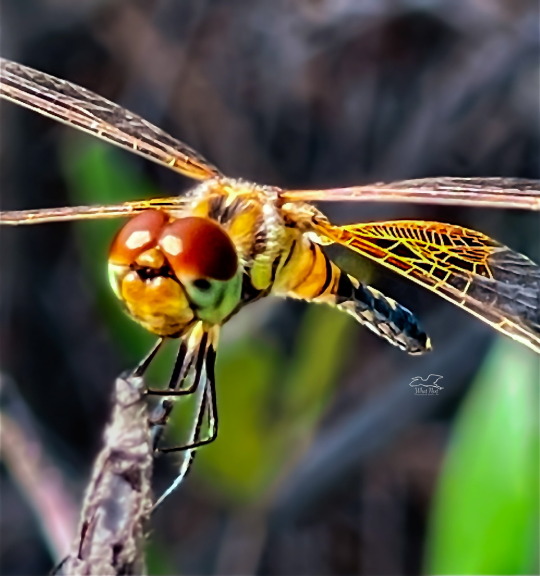
View On WordPress
#Amanda’s pennant#Amanda’s pennant dragonfly#beautiful dragonflies#colorful dragonflies#colorful pennants#colorful skimmers#dragonfly photographs#Florida dragonflies#Florida pennants#Florida skimmers#insect photographs#insect photography#insects#pennant dragonflies#pennant photographs#photography#skimmer dragonflies#skimmer photographs#skimmers
1 note
·
View note
Text

Flame Skimmer (Libellula saturata)
Taken at Turkey Creek Sanctuary in Palm Bay, FL
#flame skimmer#dragonfly#dragonflies#bug#bugs#bug photography#insect#insects#insect photography#animals#animal photography#wildlife#wildlife photography#nature photography#photography#florida#florida photographer#florida photography#turkey creek#turkey creek sanctuary#sanctuary#wildlife sanctuary#nature trail#nature trails#nikon photography#nikond3500
3 notes
·
View notes
Text

Terns and Black Skimmers resting together in the Florida Panhandle. We recorded Caspian, Royal, Sandwich, Forester, and Common Terns in this group.
19 notes
·
View notes
Text
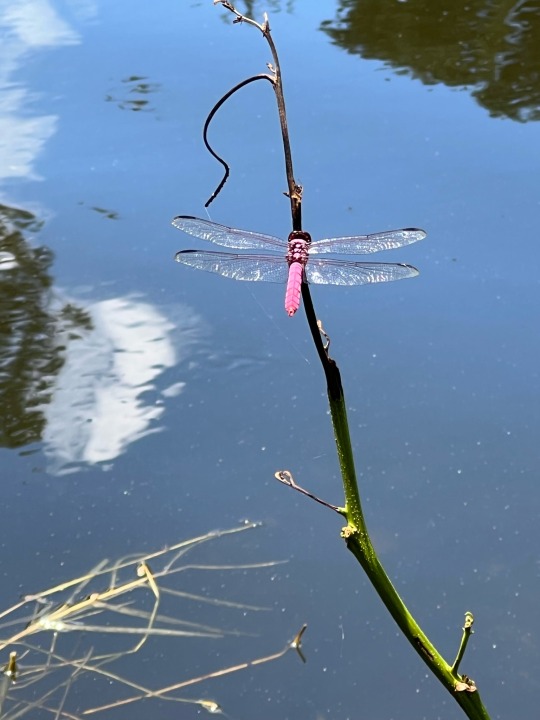
roseate skimmer dragonfly Orthemis ferruginea sitting atop a plant growing beside a body of freshwater. dragonflies are capable of changing directions mid-flight with ease, which i think is the coolest thing!!
sarasota, florida
september 2022
#florida#nature#naturalists#florida wildlife#photography#adventure#nature photography#bugblr#bugs#entomology#plants#tumblr bugs#dragonfly#winged insects#insects#cool bugs#skimmer#bug facts
5 notes
·
View notes
Text

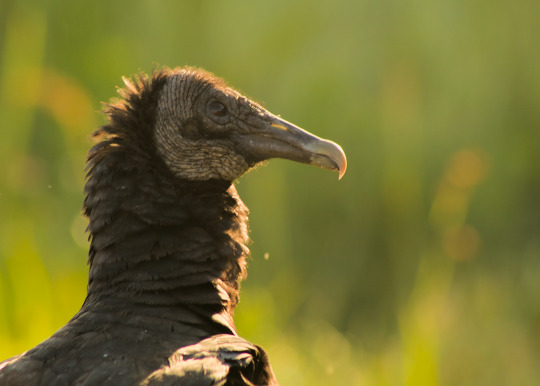


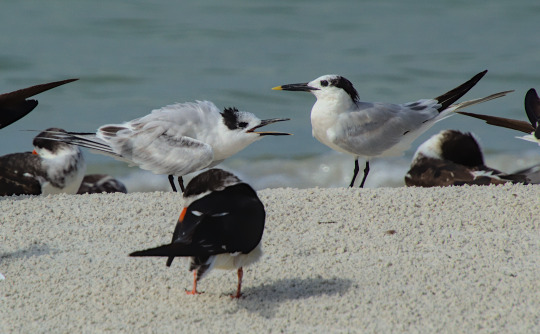

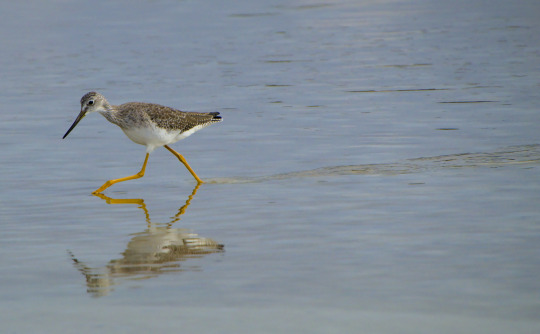



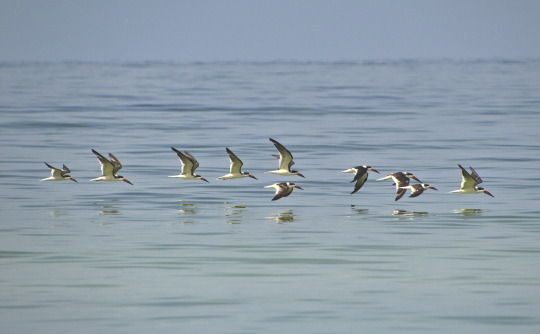
Some of my favorite birding shots
Don't think I've ever shared my bird photography here yet, so I wanted to pull together some of my favorite shots. The first and last are currently my favorites, though my vulture portraits are very near and dear to my heart ❤️
For those curious, I shoot with a Canon EOS Rebel T6, and a Tamron 18-400mm lens. I edit in Darktable.
I'm not a professional by any means, but I do enjoy photography, and try to get some great shots :)
All photos were taken in Florida, USA. In order, they are:
Ring-billed Gull washing off a clam at Fort DeSoto
Black Vulture at Orlando Wetlands Park
Turkey Vulture at Orlando Wetlands Park
Black Vulture at Orlando Wetlands Park
Juvenile Sandwich Tern begging for a meal at Fort DeSoto (the black birds around it are Black Skimmers)
Juvenile Green Heron at Emerson Point Preserve
Greater Yellowlegs at Fort DeSoto
Pine Warbler at Tom Bennett Park
Red-Bellied Woodpecker in Orlando
Blue-Gray Gnatcatcher at Orlando Wetlands Park
Black Skimmers at Fort DeSoto
I also sell some of my bird photography on INPRNT! :) I have. Well over 200,000+ photos, so I try to edit them and get them up slowly but surely. If you're ever curious about a bird that is in florida and want some shots of it, feel free to ask! I haven't seen every bird, but I sure have seen a lot of them.
5 notes
·
View notes
Photo
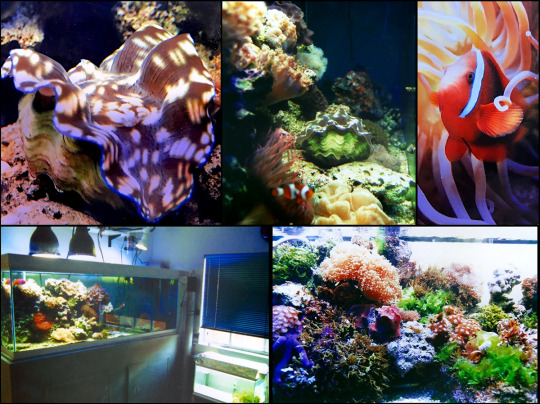
Flashback to 1992 in California, with some shots of my 160Gal/600L reef aquarium with colonies of zoanthids, palythoans, Corallimorphs, mostly Gulf/Florida invertebrates with a few Pacific corals, a couple clownfish, fairly large Tridacna clam, all lit with Coralife Metal Halides. I also had some cool green and brown algae from Monterey Bay. I was an old-school reef guy, building my own protein skimmers and foraging for interesting stuff in Pacific tide pools.
https://SaltwaterWitch.com
3 notes
·
View notes
Photo


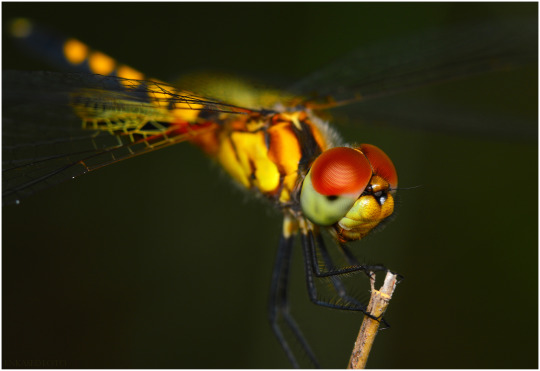
Identification help?
Is this a Celithemis eponina (Halloween Pennant)?
A beautiful specimen that I found and shot in North Florida. I never did identify this particular dragonfly, the small saddlebag pattern threw me off of all my previous finds, and certainly wasn’t the size that you usually find on the (much darker colored) Saddlebag skimmers commonly found in the area. Very small, about the size of the Halloween pennant - and as you can see, at times when perched (second shot) it hangs its tail downward (also a trait commonly seen in the Halloween pennant).
#dragonfly#insect id#bugs#entomology#photograph#odonata#insects#science#macro#micro#nature#original#photographers on tumblr
18 notes
·
View notes